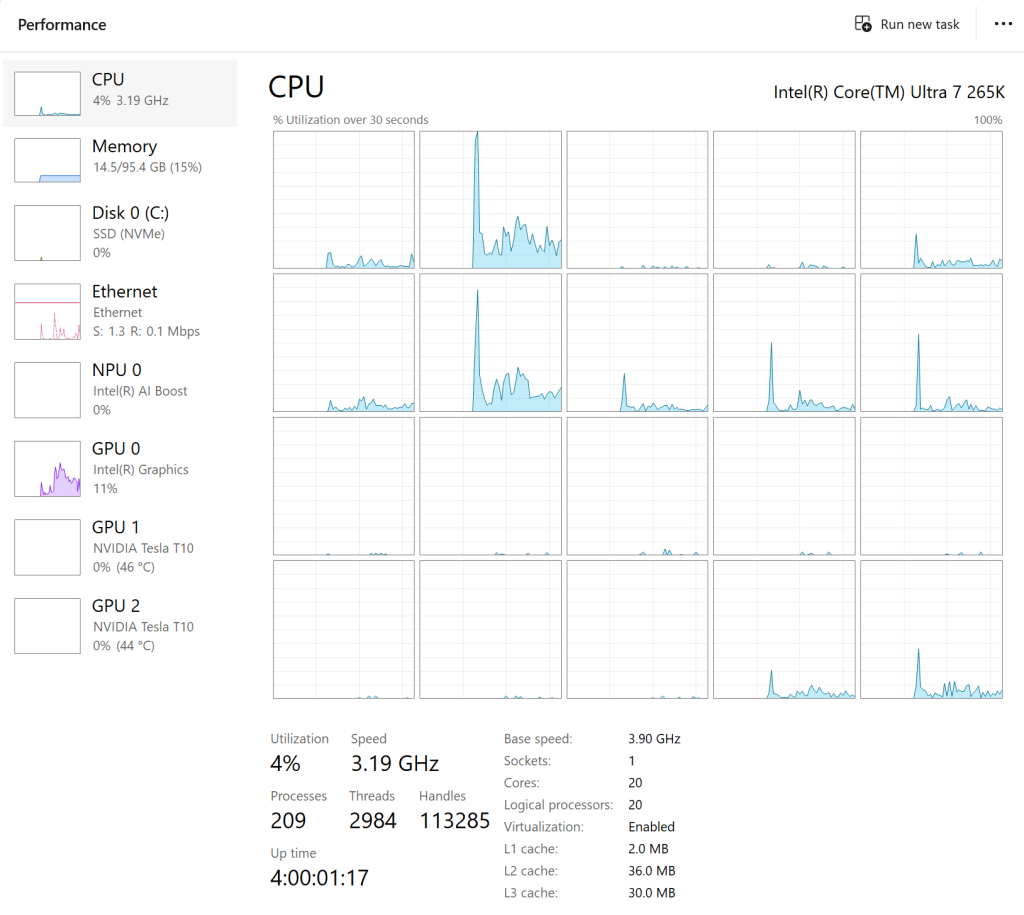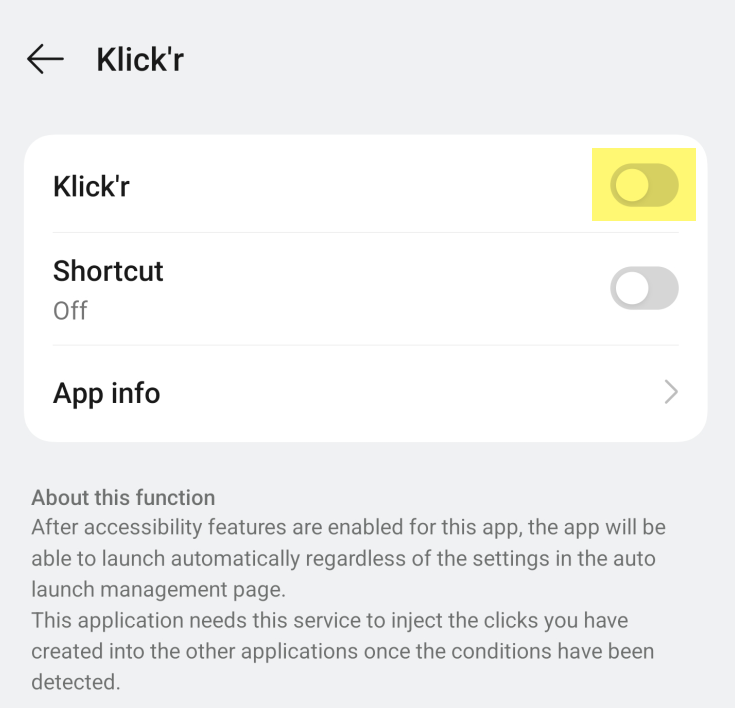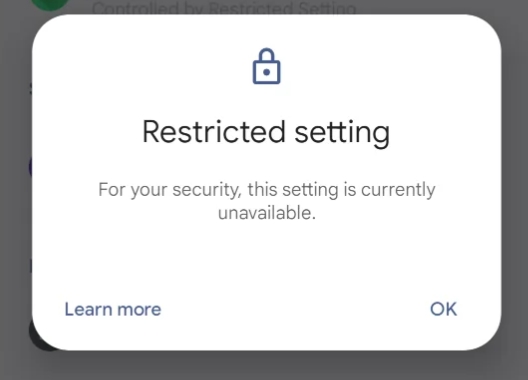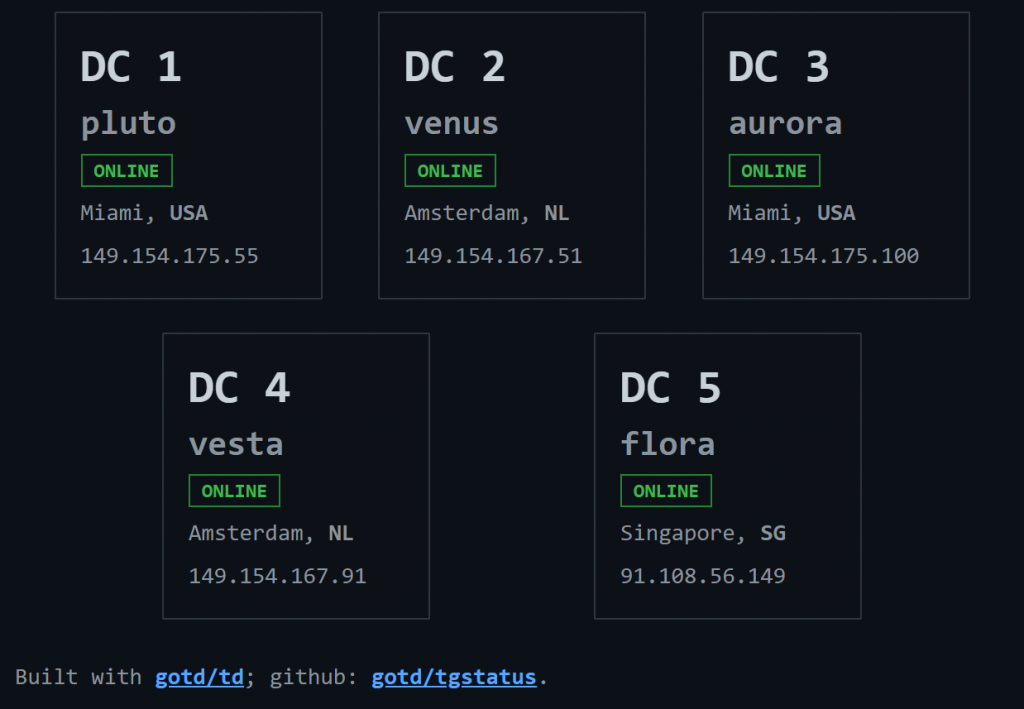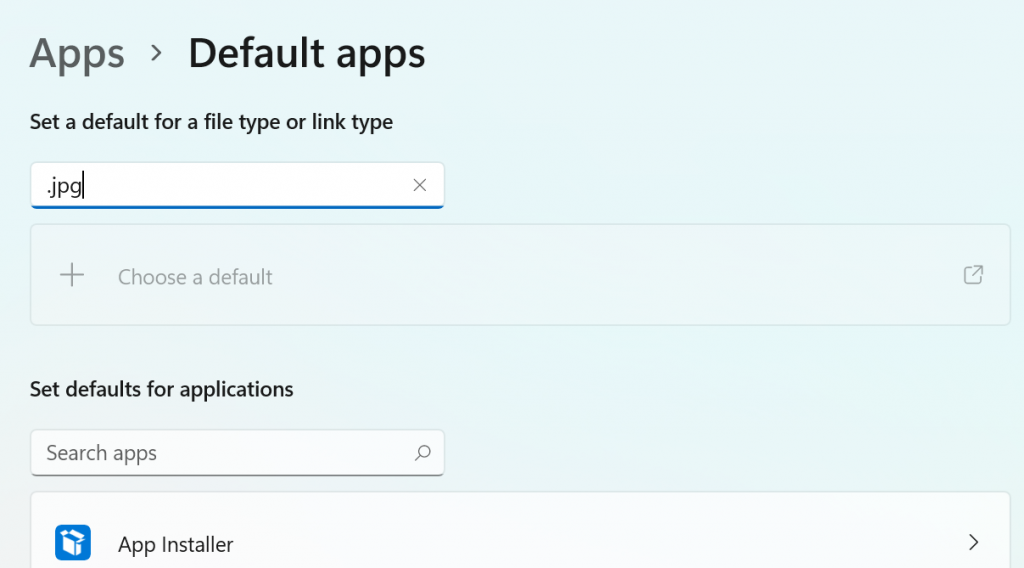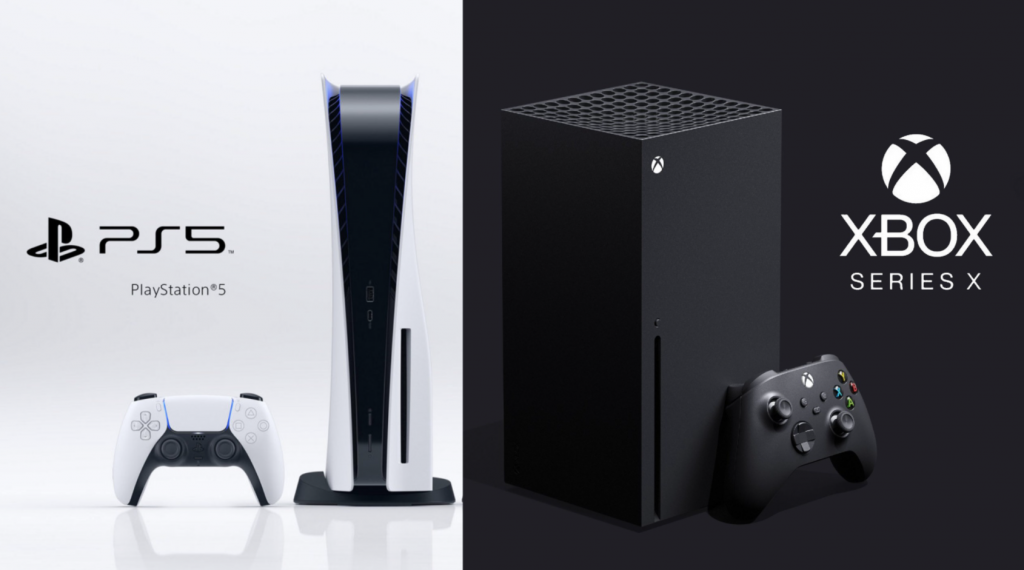The long-awaited Nintendo Switch 2 is finally in my hands.
The Switch 2 introduces a new mouse mode, where you simply hold the Joy-Con 2 on a surface like a mouse, and a cursor appears on the screen, similar to the Lenovo Legion Go released two years ago. However, my first impression of the Switch 2’s mouse mode is—laggy! Extremely laggy! It’s even laggier than my already high-latency Bluetooth mouse.
To prove this, I used the 480fps slow-motion camera on my OnePlus 13 to conduct a simple test comparing the Joy-Con 2 with my Logitech MX Anywhere 3. The test measured the number of frames from when the mouse “starts moving” to when the screen “shows a change.” In more professional tests, you’d also measure the input latency “after” the mouse starts moving, but due to my basic testing setup, I couldn’t do that.
Continue reading “Switch 2 Mouse Mode Input Latency Test”
